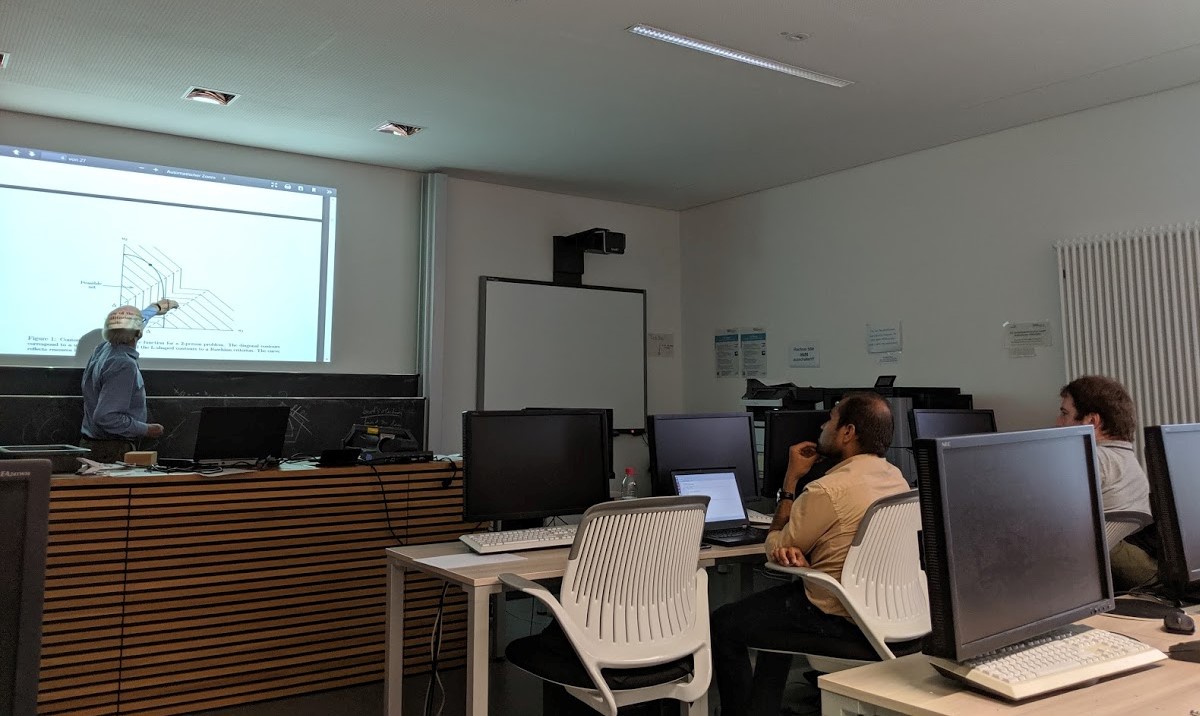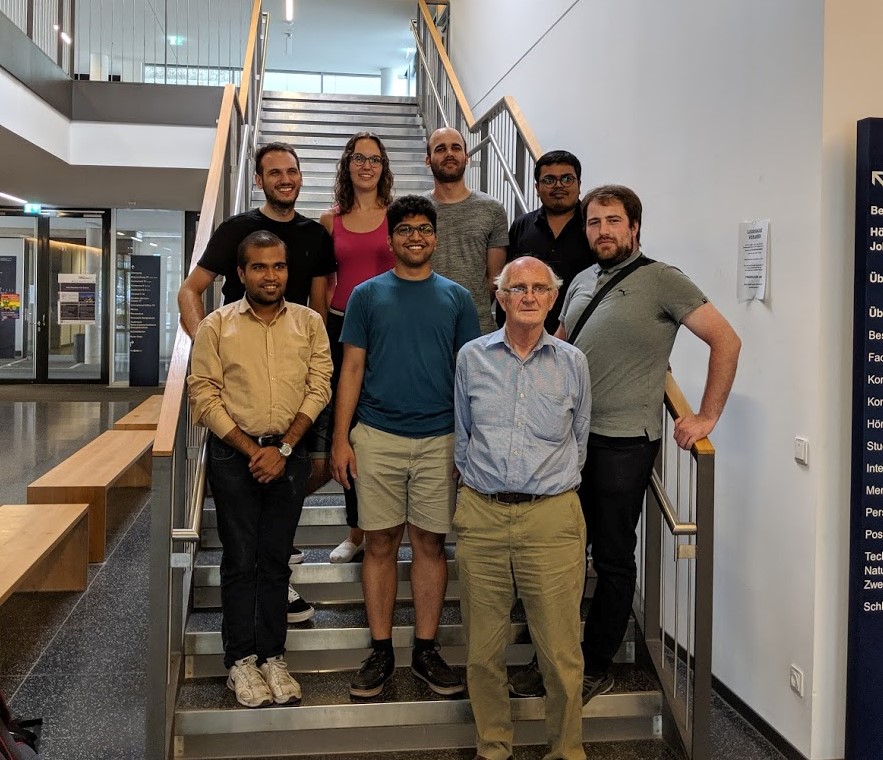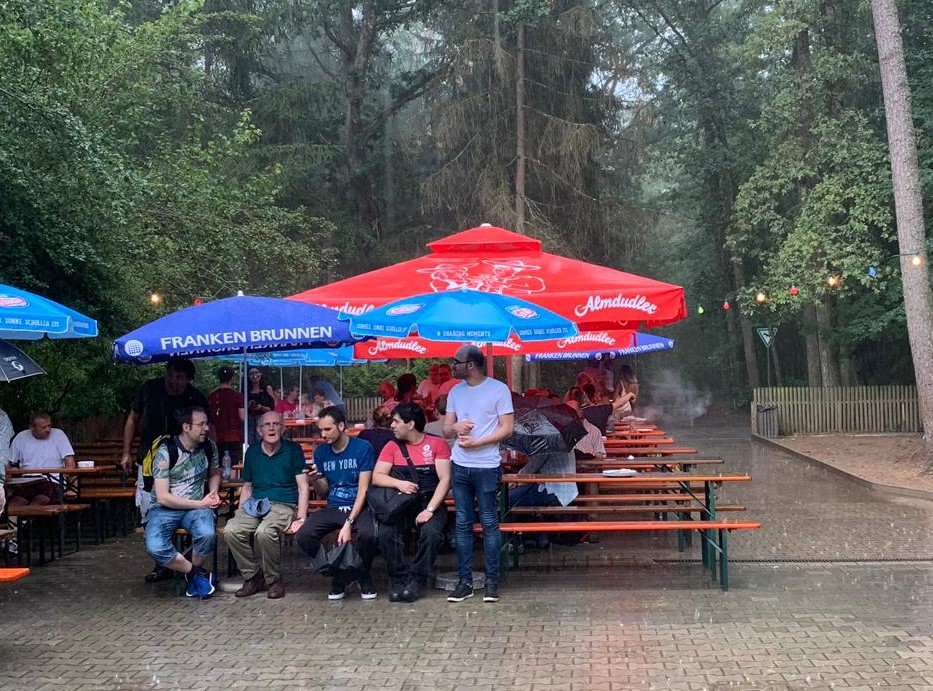Between 22nd and 26th of July of this year, (almost) all of the ESRs of the ROMSOC Program took part in the Mandatory Training Course in Mathematical Optimization at University of Erlangen–Nuremberg.
During that time, we have received a thorough introduction to mathematical optimization as such. We learned about the challenges with regard to integer programming. We also practiced solving such problems, both by hand and using state-of-the-art software (Gurobi). Differences between good and bad model formulations were discussed as well.
We also held numerous exchanges about the applications of the mathematical optimization, particularly on the planning problems in industry. We learned how to build optimization models which are applicable to problems occurring in logistics and transport, as well as production, energy systems, telecommunications and many more. We also had a long discussion about the use of optimization in the context of social equity vs. efficiency.
Finally, we went for an excursion into the Franconian mountains, where – despite unfavorable weather – we had a chance to discuss our views and ideas on the subject in an informal setting.
The course was led by professor H. Paul Williams – a person of paramount importance in the world of discrete optimization. We had a chance to benefit from his decade-long experience in the field, starting from the professor’s first attempt to formulate a production model in 1960s, when punched cards were still required to run any kind of computer, through the times when he worked at IBM to develop one of the first optimization software packages (MSPX), and ending in academia, ultimately at LSE.
Below are some pictures from the event:




About the author:
Jonasz Staszek is an early-stage researcher (ESR7) within ROMSOC. He is working with Friedrich-Alexander-Universität Erlangen-Nürnberg in collaboration with DB Cargo Polska on mixed-integer optimization models for an optimal resource allocation and investment for border-crossing transport servic es in rail traffic.
es in rail traffic.

